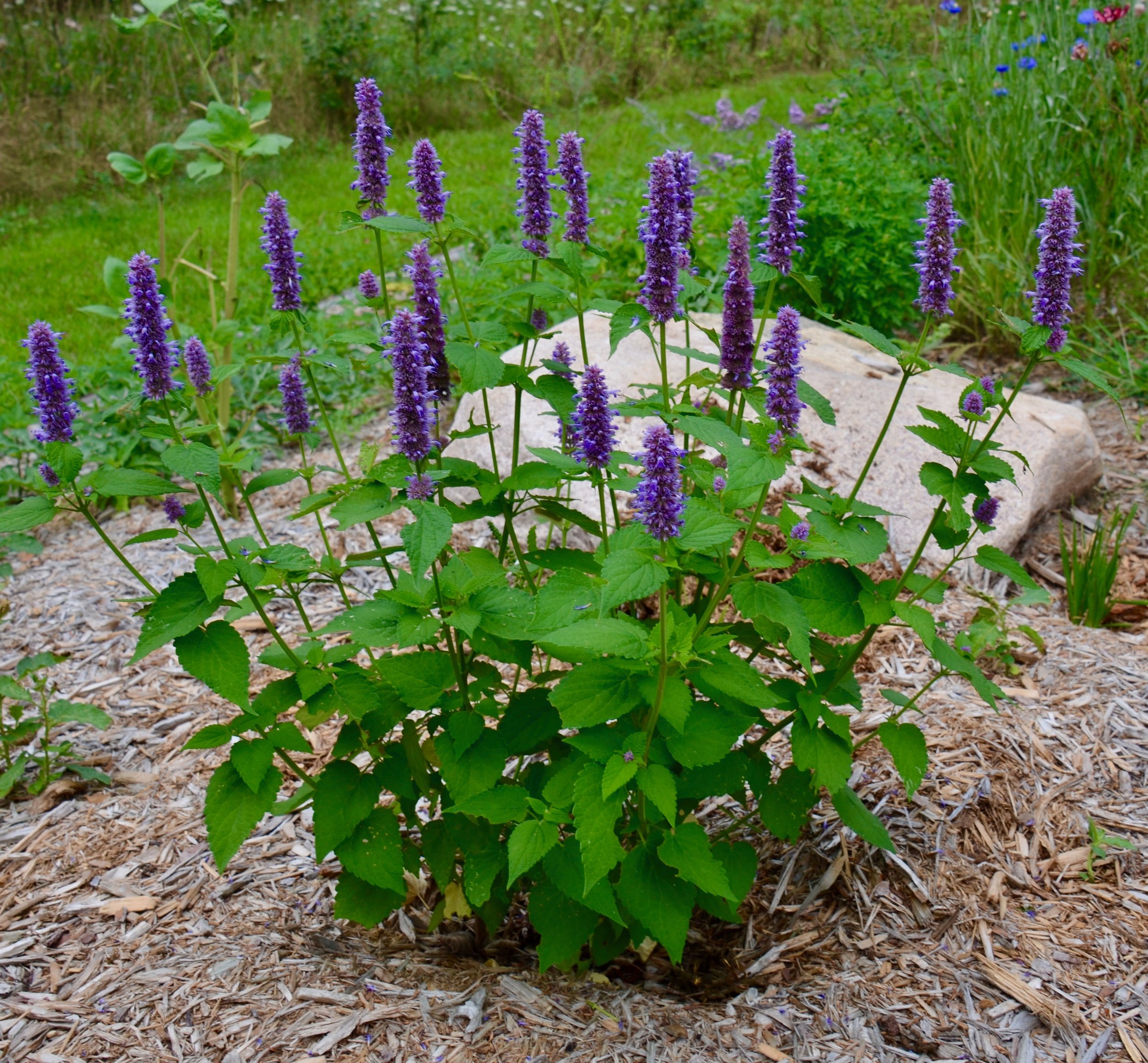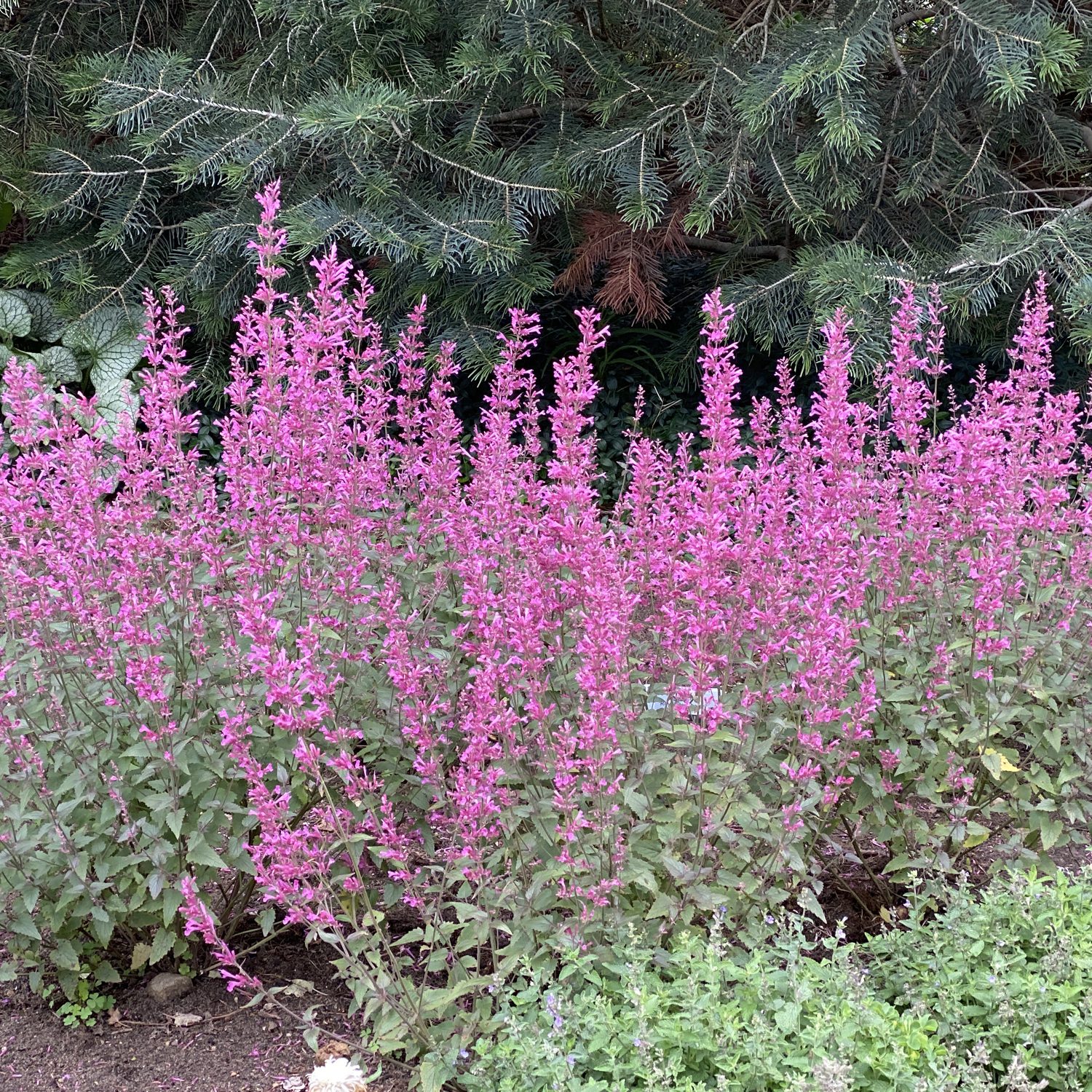Agastache Plants: A Practical Guide to Growing and Enjoying Them

Diving into the world of Agastache is like unlocking a secret garden door that leads to vibrant colors, irresistible fragrances, and a buzzing symphony of bees and hummingbirds. If you’ve ever paused in front of those towering flower spikes with their glowing hues—whether purple, fiery orange, or soft pink—and thought, “How do I make these beauties thrive in my own backyard?” then you’re exactly where you need to be. Let’s walk this journey together from scratch, turning you from intrigued newcomer into confident Agastache master with practical steps, real-life stories, and insider tips tailored just for you.

Step-by-Step Mastery Path: Unlocking the Magic of Agastache for New Gardeners
1. Planting Your Curiosity Seed: What on Earth Is Agastache?
When I first stumbled upon an Agastache plant back in spring 2019 at a local nursery, I was mesmerized—not just by its colorful spikes but by the rich anise-scented aroma wafting through the air. This genus boasts about 22 species belonging to the mint family (Lamiaceae), affectionately called “hummingbird mints” because their tubular flowers are designed like nature’s perfect nectar stations.
Imagine strolling through your garden as hummingbirds hover beside slender towers bursting with purples, blues, reds, or oranges. The leaves—often oval with serrated edges—release scents that range from mint to licorice when touched. They’re not just pretty faces either; they’re tough survivors adapted to dry soils and full sun.
Quick Snapshot: The Anatomy of Agastache
- Height: Anywhere between 1-4 feet tall depending on species.
- Leaves: Aromatic (sometimes spicy anise scent), medium green.
- Flowers: Flower spikes bloom midsummer through fall—think tiki torches lighting up your landscape.
- Root system: Fibrous and resilient but hates “wet feet” — meaning soggy soil spells trouble.
2. Picking Your Perfect Match: Which Agastache Fits Your Garden Personality?
During my early failed attempts at growing agastaches indoors under grow lights (pro tip: they absolutely need sunlight!), I learned how important it is to select the right species for your climate and style:
| Species / Cultivar | Flower Color | Hardiness Zone | Special Trait |
|---|---|---|---|
| Agastache foeniculum | Lavender-Purple | 5–9 | Classic anise scent; butterfly-magnet |
| Agastache rupestris | Coral-Orange | 5–10 | Drought tolerant; sunset hues |
| Agastache ‘Black Adder’ | Deep Blue/Purple | 6–9 | Stunning deep stems; dramatic flair |
| Agastache aurantiaca | Bright Orange | 7–10 | Vibrant color pop |
Pro tip: In colder zones (like zone 5), shelter plants near walls that soak up warmth during day and release it at night—my friend Megan’s secret weapon in Minnesota!

3. Getting Your Hands Dirty: Planting Agastaches From Scratch
Envision this step as preparing a stage where your agastache will perform its summer ballet. Here’s how we get started:
Step-by-Step Planting Guide
-
Site Selection
Sunlight is king here! Aim for at least six hours of direct sun daily to encourage those signature blooms. Partial shade might result in gangly stems and fewer flowers. -
Soil Prep
Think well-drained sandy loam mixed gently with organic compost—not too much compost or soil will retain water causing root rot! Picture soil that crumbles lightly between your fingers. -
Spacing & Depth
Leave about 12-18 inches between plants so airflow prevents fungal issues; plant root balls level with surrounding soil—not buried deep. -
Watering
Immediately after planting give a generous soak until water drains out bottom; thereafter water moderately letting soil dry out slightly between sessions. -
First Weeks Care
Keep an eye on your babies! Overwatering is the #1 rookie mistake—roots don’t like puddles but love occasional deep drinks.
Propagation Options That Worked for Me
- Started seeds indoors using a seedling heat mat timed about 8 weeks before last frost — patience required as seedlings grow slowly!
- Took softwood cuttings early summer placing them in humidity domes until roots popped.
- Divided crowded mature clumps after spring thaw (a bit tricky but rewarding).
4. Avoid These Pitfalls Early On — My First "Oops" Moments Turned Lessons
Let me share a candid story: one summer I overzealously watered my agastaches daily during a heatwave expecting lush blooms—the aftermath was limp stems and root rot alarm bells ringing loud. From that misstep came these crucial insights:
Mistake #1: Overwatering Kills More Than Thirst Quenches
Tip: Use well-draining soil amendments (grit or sand) if soil feels dense; water deeply but infrequently once established.
Mistake #2: Skipping Pruning Equals Spindly Plants
Solution: After flowers fade late summer, prune spent flower stalks just above leafy nodes for bushier growth—and sometimes surprise extra blossoms!

Mistake #3: Ignoring Climate Zones Leads To Heartbreak
Check USDA zones carefully; pair microclimate tricks like planting near southern-facing walls or under tree canopies where applicable.
These lessons saved me time later—I promise yours will too!
5. Level-Up Time! Advanced Growing Tactics For Maximum Color & Pollinator Buzz
Once basics are mastered (and your confidence is blooming!) try these insider strategies:
Feeding Without Overdoing It
Use balanced slow-release fertilizer (like 10-10-10 NPK) early spring—not heavy nitrogen fertilizers which promote leafiness over flowers.
Companion Plants That Amp Up Your Garden Vibes
Mix echinacea coneflowers, lavender, and salvia around agastaches so pollinators find multiple treats nearby—a win-win ecological dance!

Deadheading Secrets For Repeat Bloomers
Don’t let spent blooms sneak away unnoticed—clip them regularly through summer to encourage further flower spike production instead of seed set energy drain.
6. Essential Tools That Make Growing Agastaches Simple & Fun
Here’s my personal toolkit—I swear by these to keep frustration low and success high:
| Tool | Why You’ll Love It |
|---|---|
| Sharp pruning shears | Clean snips reduce infection risk |
| Seedling heat mat | Boosts seed germination indoors |
| Organic compost mulch | Maintains moisture without causing sogginess |
| Soil pH test kit | Keeps soil environment friendly to roots |
Bonus Tip: Local botanical gardens often host workshops—you can snag rare native varieties there too!
7. Real Success Stories To Fire Up Your Motivation
Meet Carlos from Southern Texas who swapped traditional watering for drip irrigation paired with drought-tolerant Agastache rupestris. His vibrant coral-orange blooms survived triple-digit heat waves while neighboring plants wilted—a testament to choosing right species plus smart watering methods!
Megan’s Minnesota microclimate hack helped her get stunning purple foeniculum blooms despite cold winters—she layered insulating mulch come fall and used frost cloths sparingly during chill snaps.

Your own success story starts now—with every thoughtful choice you make mirroring these triumphs!
8. Troubleshooting Cheat Sheet — Spot Problems Before They Spiral
Recognizing warning signs quickly helps avoid heartbreak:
| Symptom | Possible Cause | Proven Fix |
|---|---|---|
| Drooping leaves | Root rot / overwatering | Improve drainage; reduce watering |
| Yellowing leaves | Nutrient deficiency / pH imbalance | Test & amend soil; use balanced fertilizer |
| Brown/black leaf spots | Fungal infection | Remove affected parts; apply fungicide |
| Holes / chewed leaves | Aphids or spider mites | Use insecticidal soap; attract beneficial bugs |
Trust me—even veteran gardeners lean heavily on this kind of checklist!
9. Put It All Together — Customized Action Plan To Start Growing Today
Here’s your personal roadmap towards mastering Agastache cultivation:
- Confirm hardiness zone & choose suitable cultivars.
- Prepare site ensuring sunny location + well-drained nutrient-rich soil.
- Plant post-threat-of-frost in spring spacing generously.
- Water deeply at planting then moderate moving forward.
- Prune post-bloom annually encouraging fullness.
- Monitor weekly for pests/disease & respond naturally first.
- Introduce pollinator-friendly companions for ecosystem health boost.
- Journal progress noting what works locally adapting strategy year-to-year confidently!
With each step completed you’ll build momentum—and soon witness those hummingbird magnets dance vibrantly before your eyes.
Beyond Basics — Keeping the Spark Alive With Continuous Growth
Mastery isn’t reaching perfection overnight—it grows steadily like tender shoots weaving toward sunlight daily while roots gain strength silently beneath earth's surface.
Share what you've learned aloud when possible—the magic of teaching reveals layers even experts overlook! And remember this guide waits here whenever questions bubble up during different seasons of discovery ahead.
Your journey with Agastache promises more than pretty blossoms—it invites connection with nature’s rhythm itself quietly transforming garden space into vibrant life sanctuary one colorful spike at a time.
Happy planting—and may your garden overflow with joy-filled hums from busy wings very soon! You're already doing wonderfully just by embracing curiosity and care—that's real mastery starting right now! 🌿✨



